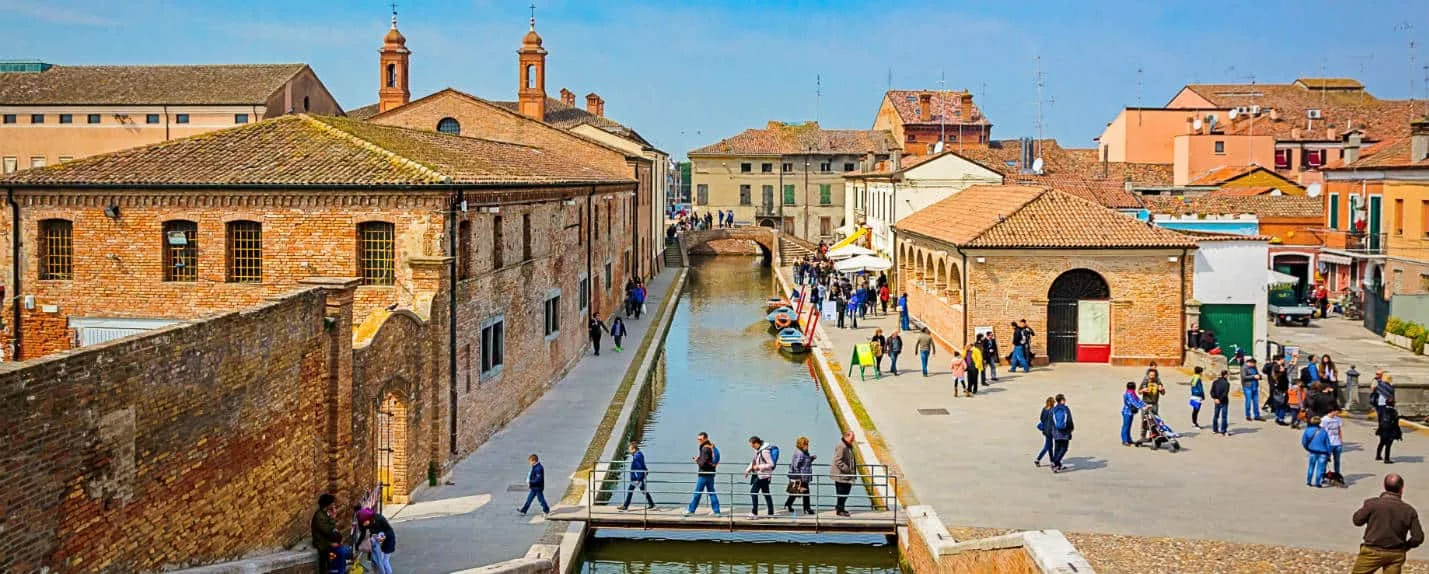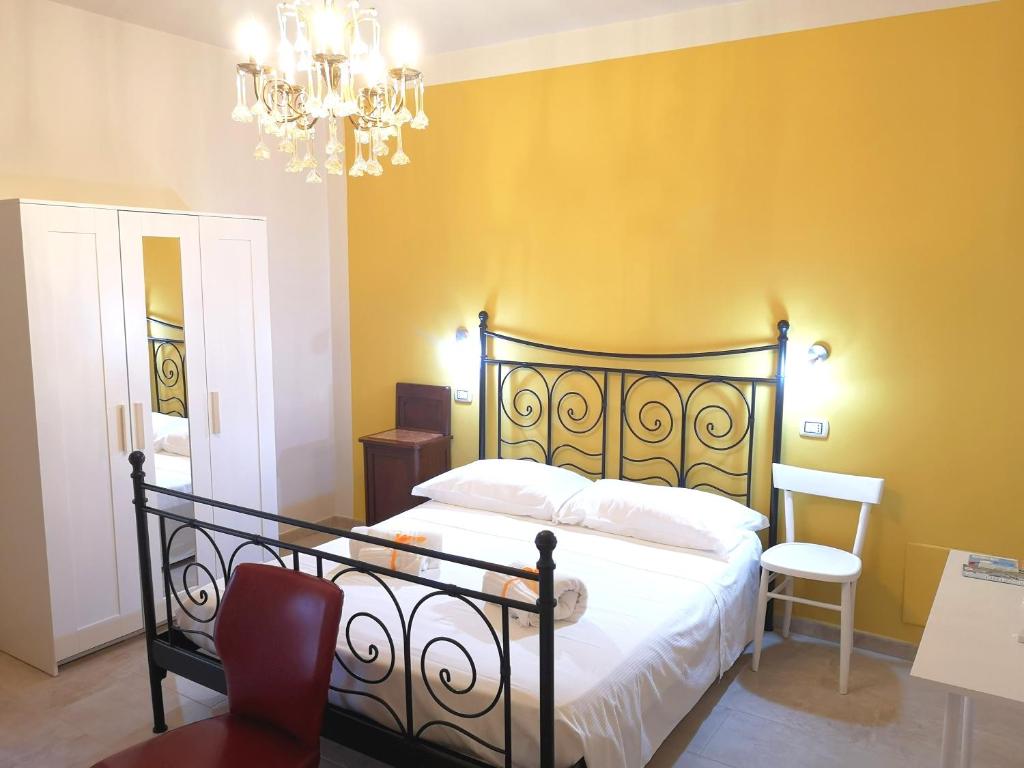The Trepponti architectural complex, also known as the Pallotta Bridge, is Comacchio’s best-known bridge as well as its most representative monument. It is located along the ancient Pallotta navigable canal that led to the Adriatic Sea and was the city’s fortified gateway. It was built in 1638 at the behest of Cardinal Legate Giovanni Battista Maria Pallotta, and the commission was given to Ravenna architect Luca Danese, who was engaged in the same years in a more general urban redevelopment of Comacchio, which for decades had been abandoned by the Este family to Venetian incursions. It was erected by the Capuchin Giovanni Pietro da Lugano and consists of five wide brick staircases culminating in an elevation of Istrian stone. Below its single arch terminates the navigable Pallotta canal, which is distributed within the historic center until it forms four different canals called Salara, Sant’Agostino, Borgo and San Pietro. Over the centuries the artifact underwent several alterations to its layout, mainly of aesthetic value, evidenced by the addition of the two watchtowers at the top of the two rear stairways and the six pillars placed at the top of the three front stairways. Near the Trepponti is also another bridge by Luca Danese, called the Ponte degli Sbirri because of its proximity to the old city jails.





